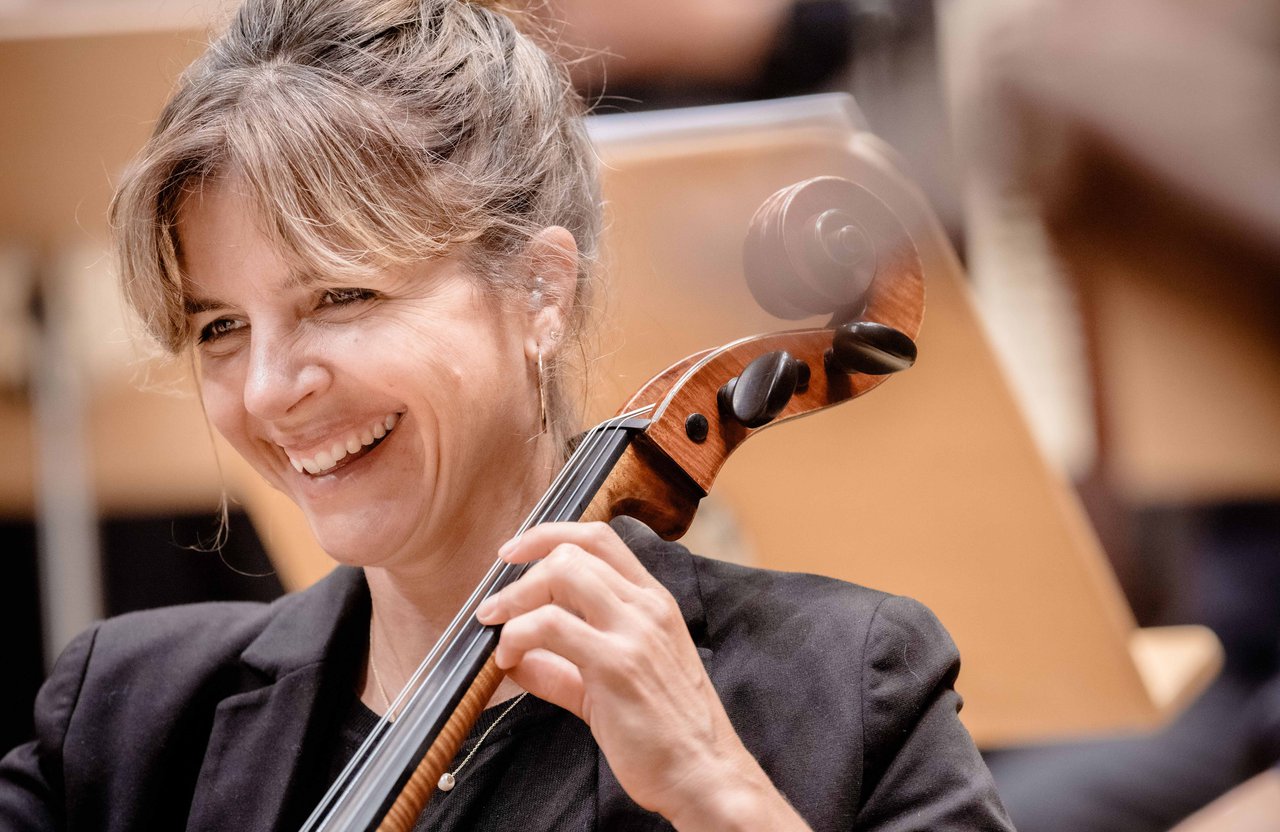20.00 Uhr
Weihnachtskonzert des Georg-Friedrich-Händel-Gymnasiums
 Nerina Mancini, Cellistin © Marco Borggreve
Nerina Mancini, Cellistin © Marco Borggreve
Even as a child, Mozart was constantly on "business trips" aks touring the continent. Young Felix Mendelssohn Bartholdy was luckier: his father sent the highly talented offspring on an educational trip befitting his status. In 1829, he first went to Great Britain, then in 1830/31 via Weimar, Munich and Vienna on the classical Grand Tour to the south - mainly following in Goethe's footsteps through Italy, the land of German longing. Incidentally, unlike Mozart, Mendelssohn's father did not travel with him, which must have made the whole thing more relaxed.
The 21-year-old composer was an exemplary tourist anyway - always on the lookout for relics from the antiquity and Renaissance worth visiting as well as historical manuscripts of music, which he copied. No escapades have been recorded. However, he fell in love - with the Italian landscape: "There is music in it, it sounds and resounds from all sides," Felix wrote home. Highly inspired, he let his sister Fanny know: "In general, composing is now fresh again. The 'Italian Symphony' is making great progress; it will be the funniest piece I've written." On the road, however, he first finished composing the "Hebrides Overture" inspired by his trip to Scotland and worked on other pieces.
The symphony in question begins so exuberantly happy and radiant that it is hard to imagine that Mendelssohn did not put it down on paper with a light hand on a sunny hill under olive trees. Rather, he struggled with it in the inhospitable Berlin winter of 1832 and revised it several times after the celebrated London premiere. Incidentally, it was initially neither his "Fourth" nor his "Italian": chronologically the third, it was only given its final number and epithet when it was published in 1851, four years after his early death.
For young Felix Mendelssohn, too, Italy evidently held other impressions in store than sunny landscapes, ancient monuments and yellowed manuscripts in libraries: "Saltarello" is the name of a wild jumping dance that has been danced sometimes to ecstasy by the people since the 14th century. Elegantly and spiritedly at the same time, Mendelssohn took it up in the last movement of the "Italian".